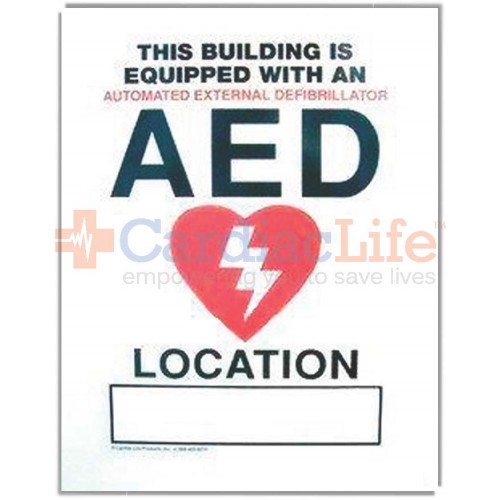

These impulses are simply firing so chaotically that the heart cannot produce a "beat " it cannot expel enough blood to keep the circulatory system flowing through the body. When a heart is in VF, it is still receiving nerve impulses from the brain. AEDs will not shock patients who do not require a shock. AEDs were designed to be used by virtually anyone with little or no experience.Īn AED will automatically analyse the heart rhythm of a pulse less victim and, if the victim is in ventricular fibrillation (VF) or ventricular tachycardia (VT), shock the victim's heart in an attempt to restore its rhythm to normal. The American Heart Association recommends calling 911 and delivering chest compressions only.How to use an AED (Automatic External Defibrillator)ĪEDs (Automatic External Defibrillators), when used within the first 3-5 minutes of a person suffering a Sudden Cardiac Arrest (SCA) can dramatically increase a victims chance of survival from currently what is currently less 5% to as much as 70% and higher with a defibrillator on the scene.
Note: Rescue breaths are recommended by the American Red Cross. After each subsequent set of 30 chest compressions, and before attempting breaths, look for an object and, if seen, remove it. If the chest doesn't rise with the second breath, the person may be choking. Note: If the chest does not rise with the initial rescue breath, re-tilt the head before delivering the second breath. Deliver two rescue breaths, then continue compressions. Blow into the person's mouth to make the chest rise. With the person's head tilted back slightly and the chin lifted, pinch the nose shut and place your mouth over the person's mouth to make a complete seal. Push hard, push fast: use your body weight to help administer compressions at least 2 inches deep and delivered at a rate of at least 100 compressions per minute. Place your hands, one on top of the other, in the middle of the chest. Listen carefully, for no more than 10 seconds, for sounds of breathing (occasional gasping sounds do not equate to breathing). With the person lying on his or her back, tilt the head back slightly to lift the chin. If an AED is not available or a there is no bystander to access it, stay with the victim, call 911, and get ready to give assistance. If it's clear the person needs help, call 911 (or ask a bystander to call), then send someone to get an AED. Tap the person on the shoulder and shout, "Are you OK?" to make sure the person needs help. The American Red Cross guidelines for performing CPR are as follows: After delivering the shock, begin CPR.ĬPR is a combination of chest compressions and artificial ventilation (breathing) to save a person’s life. Once an AED is in place, follow prompts and deliver a shock if instructed to do so. If there is more than one person present, one person can begin administering CPR while another person gets the AED. If there is only one person present, that person should start CPR right away and continue until first responders arrive. 
However, in all likelihood, there will not be an AED close enough and CPR should be started first. If an AED is immediately accessible, get the AED and use it right away. The timing of the use of an AED first depends on how accessible an AED is. Before administering CPR or using an AED, you should always call 911.Īlways call 911 first before administering CPR or using an AED.
#AED STANDS FOR PORTABLE#
An Automated External Defibrillator (AED) is a portable device used to treat people suffering from sudden cardiac arrest (heart attack), which is potentially fatal. Cardiopulmonary Resuscitation (CPR) is an emergency procedure used if a person’s heart stops beating or breathing ceases.






 0 kommentar(er)
0 kommentar(er)
